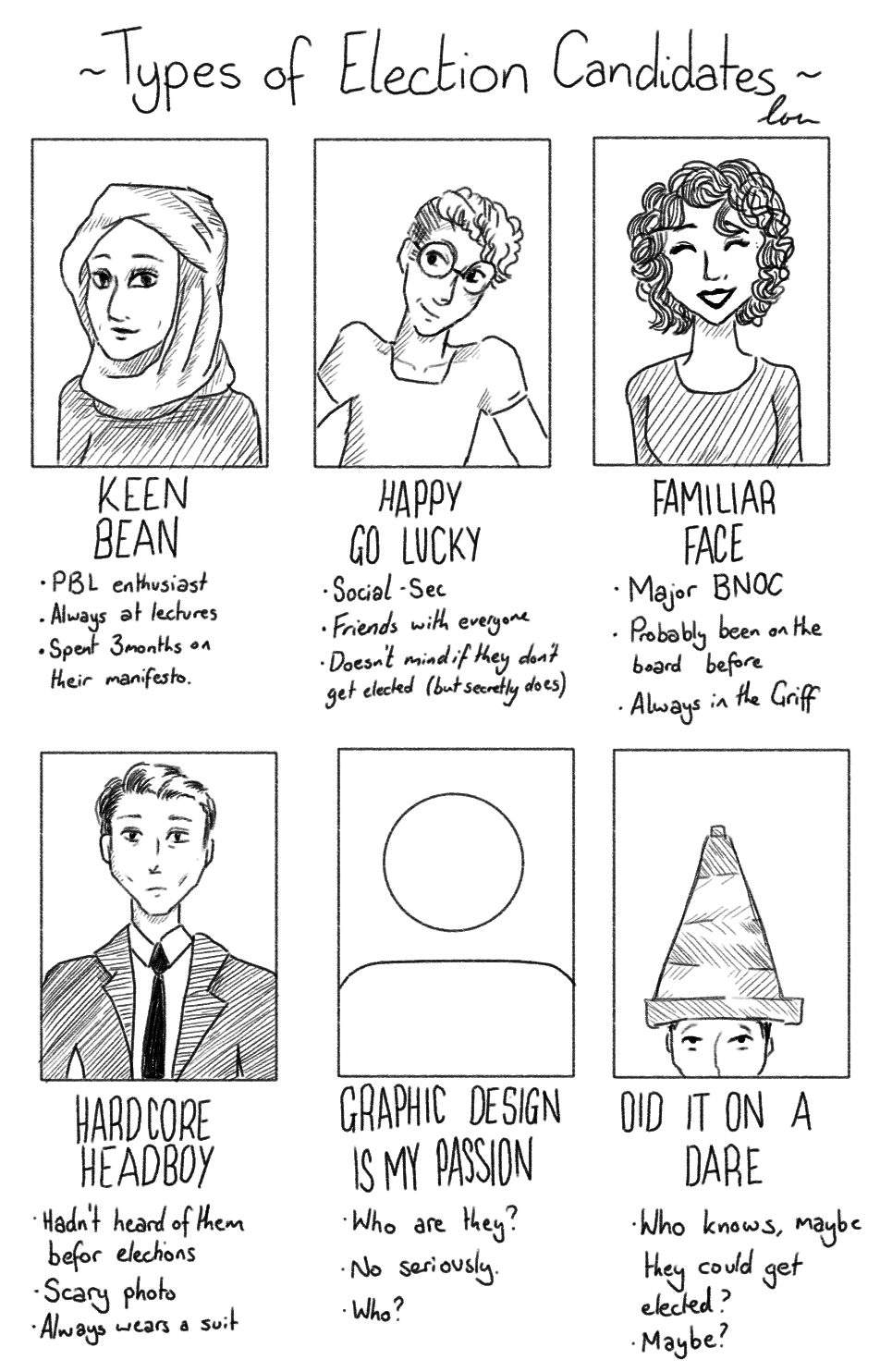Music Therapy in Mental Healthcare
It is well understood that music has intrinsic therapeutic benefits; most of you will have experiences of using music during difficult periods of your life, to soothe, reassure and remind you of happier times.
However, you may not realise that there are a group of Allied Health Professionals who are trained to use music clinically to support patients who are experiencing mental distress. We are music therapists and use creative music making and receptive music listening to work with a wide range of clients in many different settings.
Music therapy can be defined as “… the professional use of music and its elements as an intervention in medical, educational, and everyday environments with individuals, groups, families, or communities who seek to optimize their quality of life and improve their physical, social, communicative, emotional, intellectual, and spiritual health and wellbeing. Research, practice, education, and clinical training in music therapy are based on professional standards according to cultural, social, and political contexts” (Kern, 2011).
Music therapy comes under the bracket of ‘arts therapies’ which includes music therapy, art therapy, dramatherapy and dance-movement therapy. Music therapists must be trained to a master’s level and be registered with the Health and Care Professions Council (HCPC). Most music therapy work is underpinned by psychodynamic, humanistic and person-centred approaches. There is an emphasis on building a therapeutic relationship with the client through improvising, songwriting, singing known songs, listening and through verbal discussions. Music therapists will often be looking to support clients through connecting with others, expressing themselves non-verbally and verbally, building confidence and finding hope and empowerment, amongst other aims.
Research suggests that music therapy is helpful for patients with schizophrenia (Geretsegger et al., 2017), depression and anxiety (Aalbers et al., 2017), dementia (Zhao et al., 2016), in child and adolescent psychiatry (Gold, Voracek and Wigram, 2004), for premature infants (Standley, 2002) and children with autism spectrum disorders (Geretsegger et al., 2014). At the Unit for Social and Community Psychiatry at QMUL a large, multi-centre, National Institute for Health Research funded randomised controlled trial is taking place to test the effectiveness of three forms of group arts therapies (art, music and dance movement therapy) for patients in community mental health care. This is the largest trial of its kind and the first to take into account patients’ preferences for different art forms.
As a music therapist at East London NHS Foundation Trust (ELFT) and PhD student at QMUL, I am researching patient preferences in the arts therapies in adult mental health services. I have found that receiving a preferred treatment is significantly associated with lower dropout rates, and stronger therapeutic alliance (Windle et al., 2019). Therefore I would urge you, as the future generation of doctors, to learn about alternative treatments, so that you can suggest different options for your patients. Collaboration with healthcare professionals from other fields leads to more holistic care and increased opportunities for patients to have a say in their treatment pathway.
If you would like to know more about the arts therapies in adult mental health services, follow this link to watch a video created by service users and therapists at ELFT:
References
Aalbers, S. et al. (2017) ‘Music Therapy for Depression’, Cochrane Database of Systematic Reviews. doi: 10.1002/14651858.CD004517.pub3.
Geretsegger, M. et al. (2014) ‘Music therapy for people with autism spectrum disorder’, Cochrane Database of Systematic Reviews, 2016(3). doi: 10.1002/14651858. CD004381.pub3.
Geretsegger, M. et al. (2017) ‘Music therapy for people with schizophrenia and schizophrenia-like disorders’, (5). doi: 10.1002/14651858.CD004025.pub4.www. cochranelibrary.com.
Gold, C., Voracek, M. and Wigram, T. (2004) ‘Effects of music therapy for children and adolescents with psychopathology: A meta-analysis’, Journal of Child Psychology and Psychiatry and Allied Disciplines, 45(6), pp. 1054–1063. doi: 10.1111/j.1469-7610.2004.t01-1- 00298.x.
Kern, P. (2011) World Federation of Music Therapy. Available at: https://www.wfmt.info/2011/05/01/ announcing-wfmts-new-definition-of-music-therapy/.
Standley, J. M. (2002) ‘A meta-analysis of the efficacy of music therapy for premature infants’, Journal of Pediatric Nursing, 17(2), pp. 107–113. doi: 10.1053/ jpdn.2002.124128.
Windle, E. et al. (2019) ‘Association of Patient Treatment Preference With Dropout and Clinical Outcomes in Adult Psychosocial Mental Health Interventions A Systematic Review and Meta-analysis’, JAMA Psychiatry, pp. 1–9. doi: 10.1001/jamapsychiatry.2019.3750.
Zhao, K. et al. (2016) ‘A systematic review and meta-analysis of music therapy for the older adults with depression’, International Journal of Geriatric Psychiatry, 31(11), pp. 1188–1198. doi: 10.1002/gps.4494.





